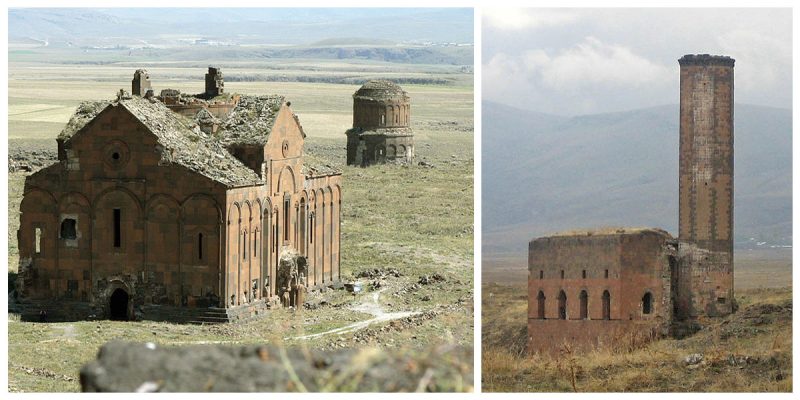Some call it the “City of 1001 Churches” and some know it as the “City of 40 Gates:” the now-abandoned medieval city stands on a lonely plateau in Armenia, 45km away from Kars, Turkey.
Founded more than 1,600 years ago, Ani stood on various trade routes and its many religious buildings, palaces, and fortifications were amongst the most technically and artistically advanced structures in the world. The blame for its ruin lies in the hands of many: vandals, looters, Turks, Mother Nature herself, poor restorations and inept archaeologists.
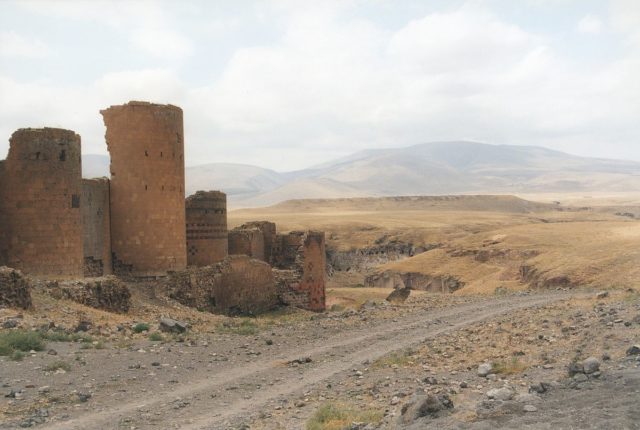
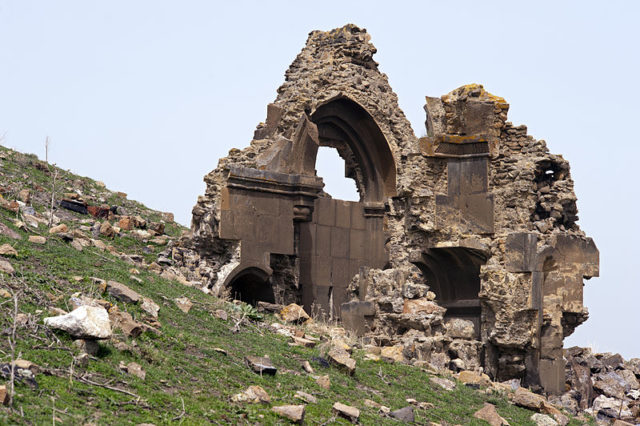
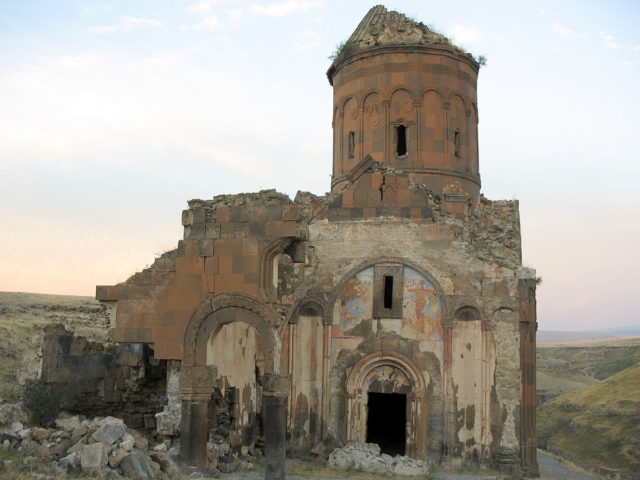
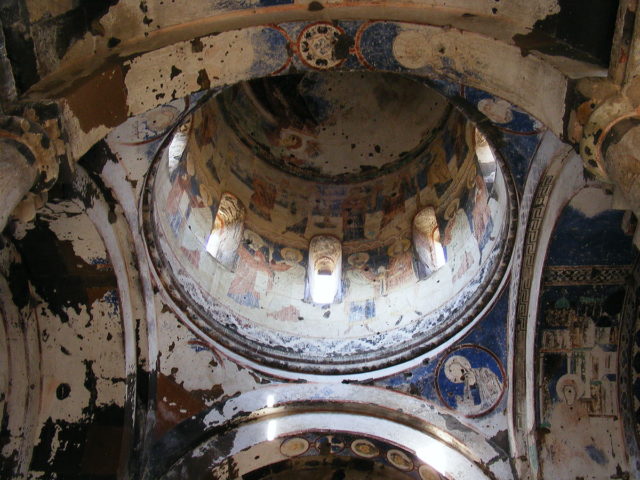
Long ago renowned for its splendor and magnificence, Ani was sacked by the Mongols in 1236 and devastated in a 1319 earthquake, after which it was reduced to a village and gradually abandoned and largely forgotten by the seventeenth century.
Rediscovered and romanticized in the 19th century, the city had a brief moment of fame, only to be closed off by World War I and the later events of the Armenian Genocide that left the region an empty, militarized no man’s land.
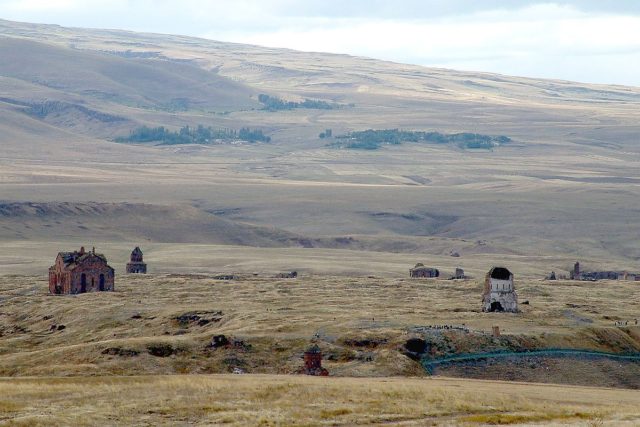
Ani is a widely recognized cultural, religious, and national heritage symbol for Armenians. According to Razmik Panossian, Ani is one of the most visible and ‘tangible’ symbols of past Armenian greatness and hence a source of pride. All the structures at Ani are constructed using the local volcanic basalt, a sort of tufa stone. It is easily carved and comes in a variety of vibrant colors, from creamy yellow to rose-red, to jet black.
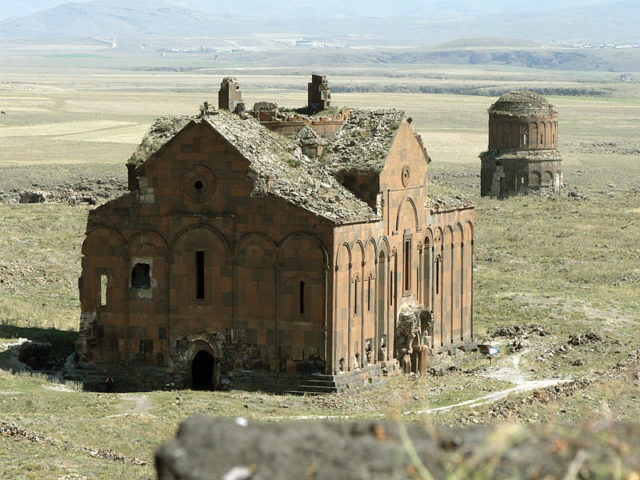
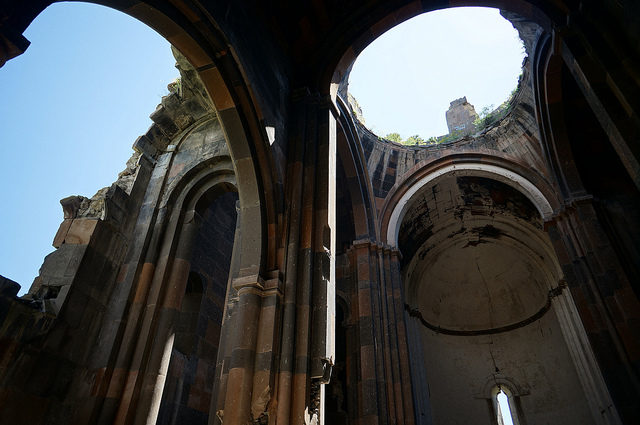
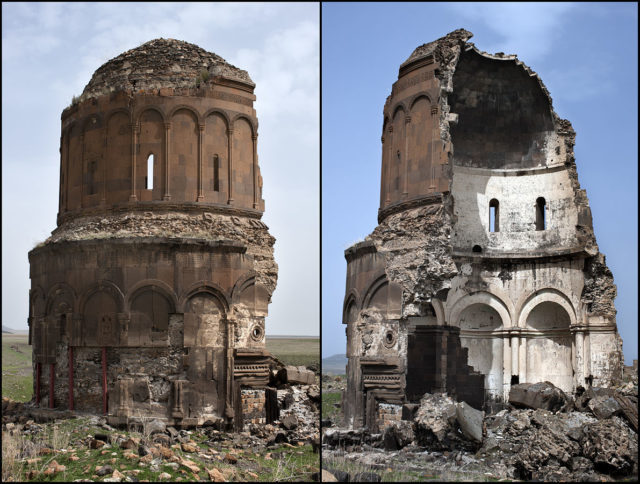
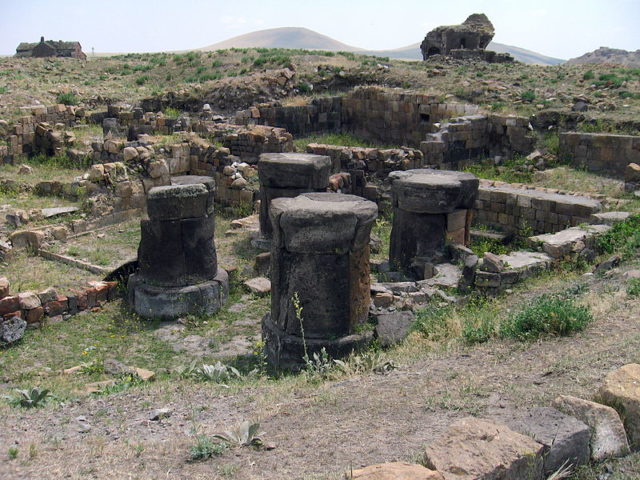
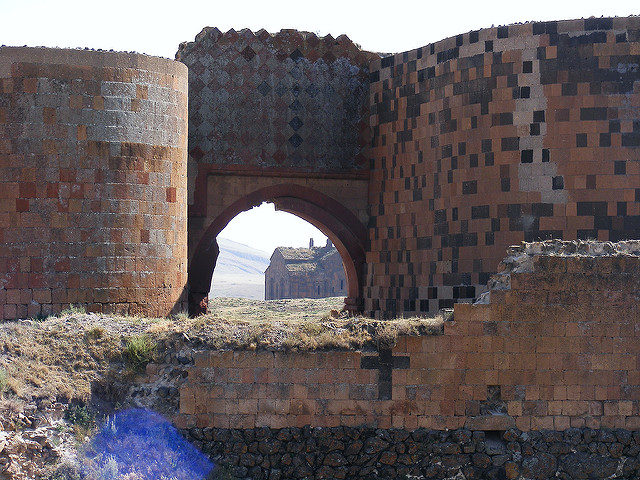
The minaret Menüçehr Mosque, newer than many of the churches but still nearly a thousand years old, still stands as a testament to the city’s long history and diverse cultural influences. The city’s many enduring churches are particularly beautiful, even in their ruined states.
They stand as a testament to the city’s diverse cultural and long historical influences. Despite Ani’s past as a field of warfare, the ruins of the city also symbolize many eras through history where the city saw an extraordinary exchange of religions, cultures, and artistic themes.
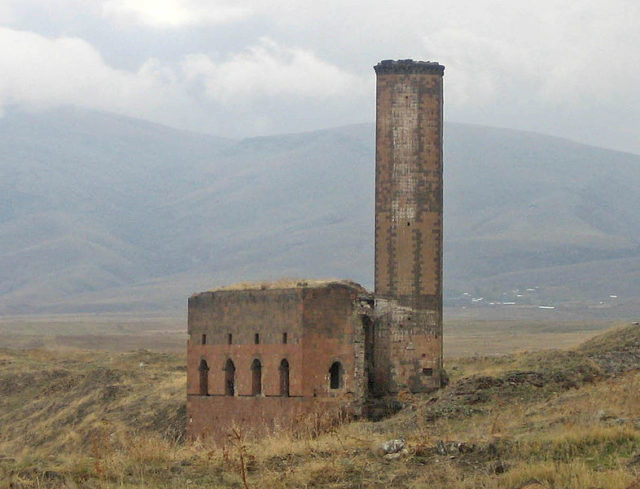
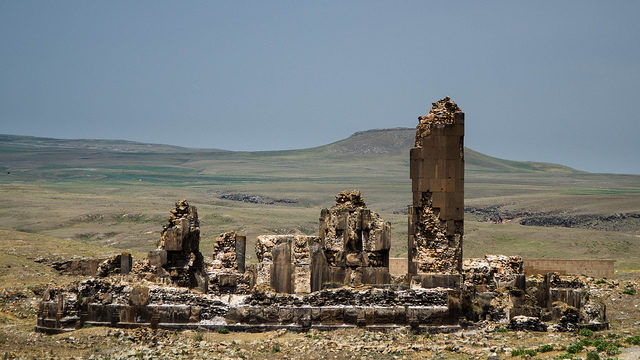
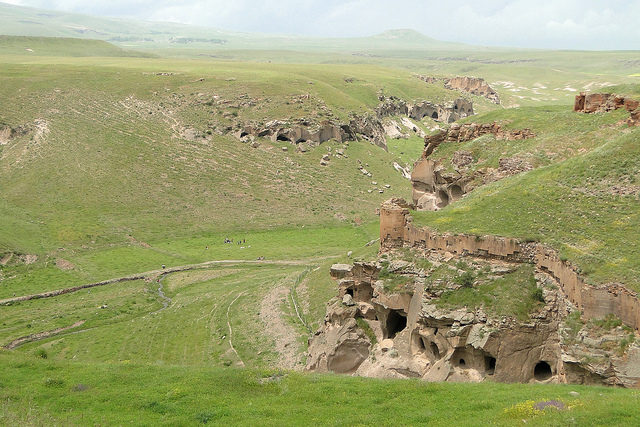
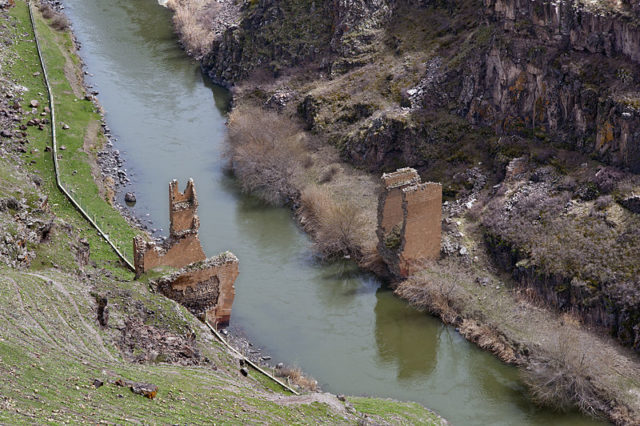
The World Monuments Fund (WMF) placed Ani on its 1996, 1998, and 2000 Watch Lists of 100 Most Endangered Sites. In May 2011, WMF announced it was beginning conservation work on the cathedral and Church of the Holy Redeemer in partnership with the Turkish Ministry of Culture.
